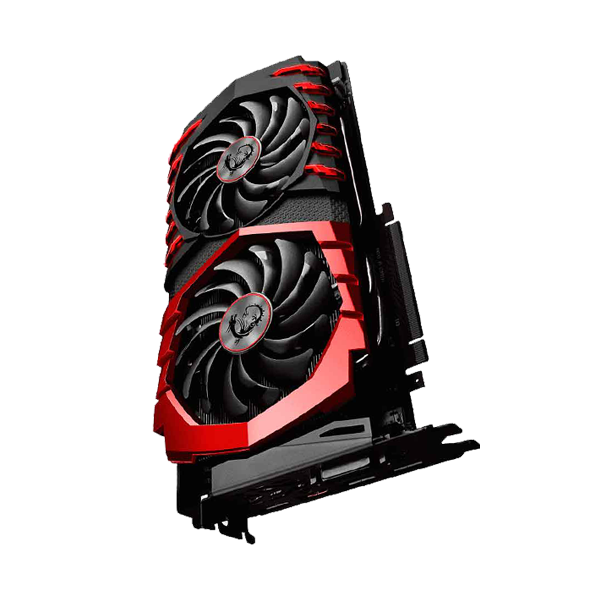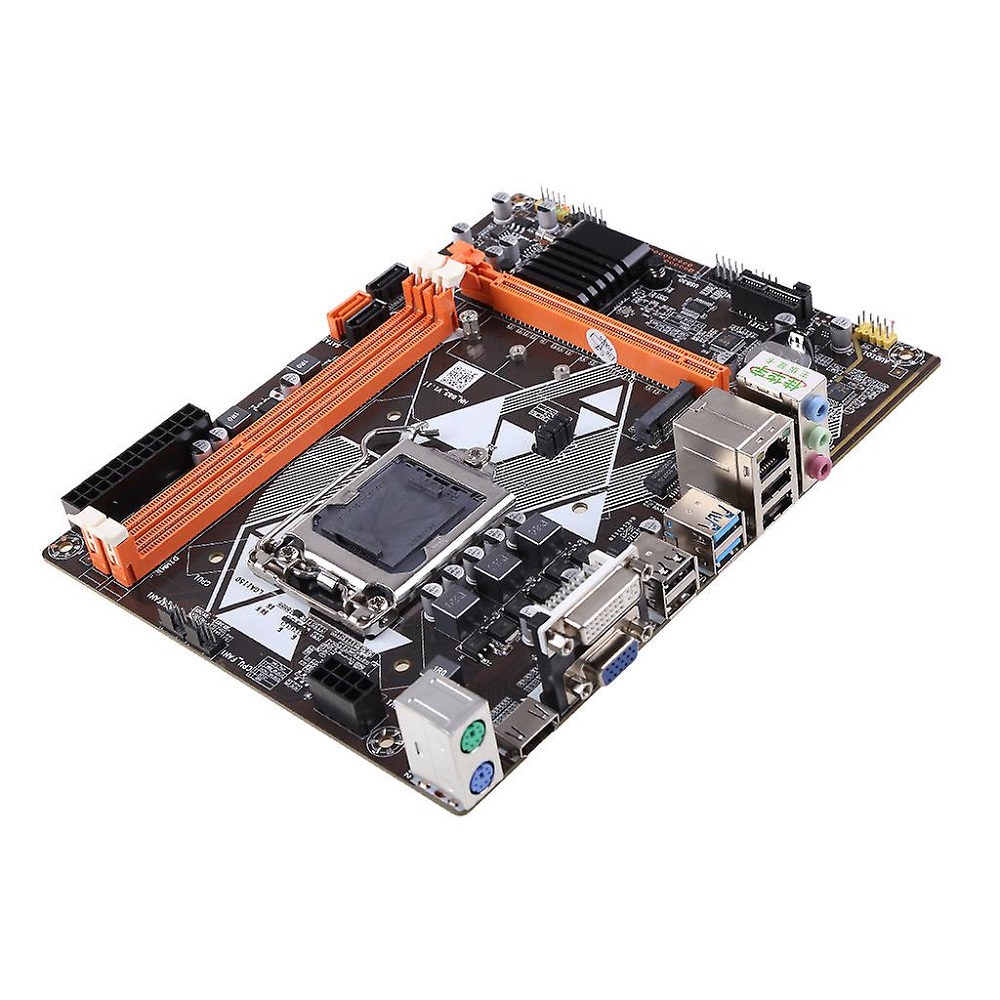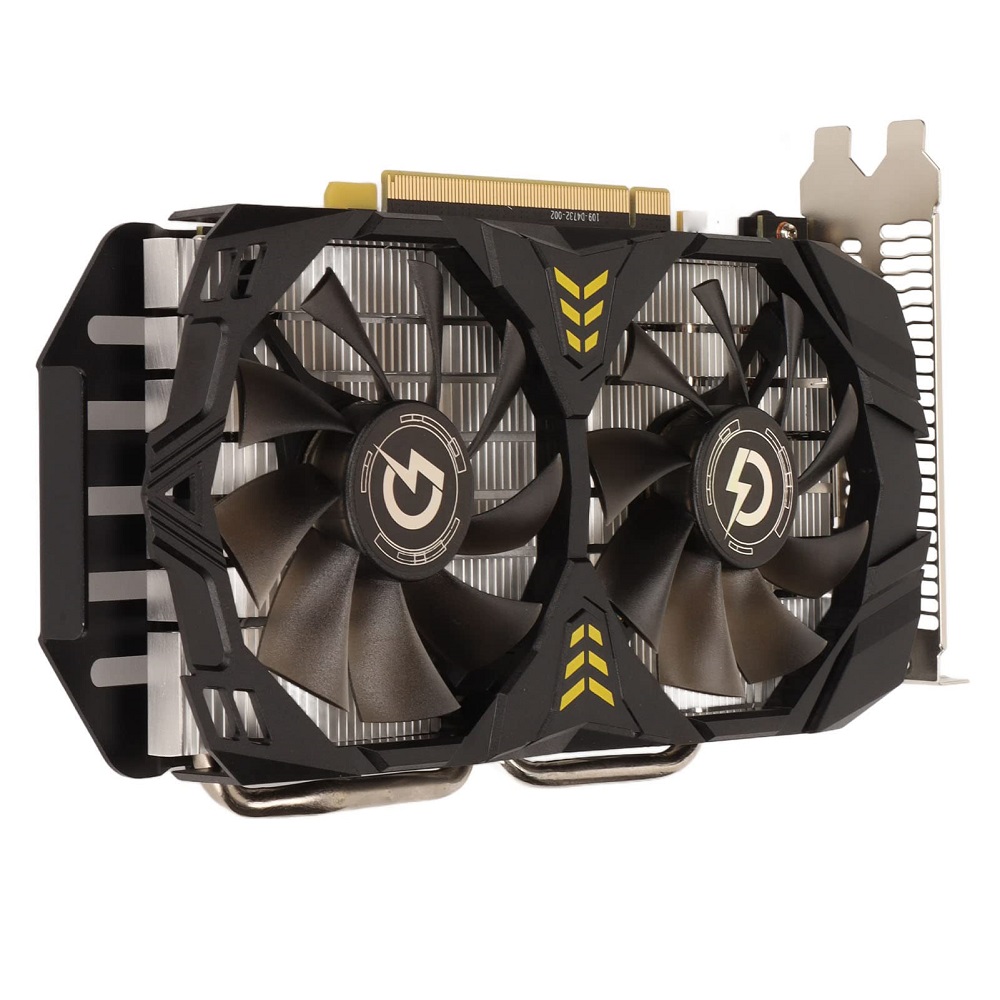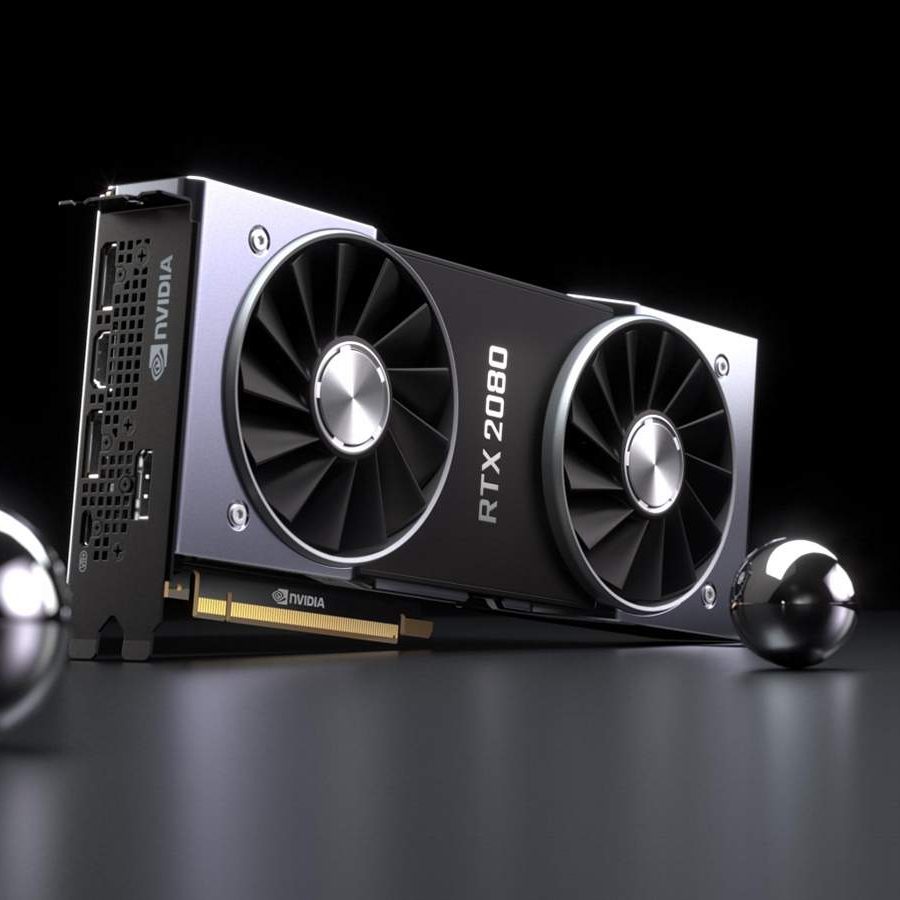In the world of gaming, the graphics card plays a crucial role in delivering smooth visual experiences. However, not everyone can afford a high-end graphics card. Many gamers are turning to integrated graphics as a budget-friendly alternative. But how good are these integrated graphics cards? This article will explore the capabilities and limitations of integrated graphics card for gaming, helping you make an informed choice.
Understanding Integrated Graphics
What Are Integrated Graphics Cards?
Integrated graphics cards are built into the CPU. Unlike dedicated graphics cards, they share system memory and resources with the processor. This design allows for a compact build, making them popular in laptops and budget desktops. Integrated graphics have advanced significantly over the years, providing decent performance for light gaming and everyday tasks.
Comparison with Dedicated Graphics Cards
Dedicated graphics cards have their own memory and processing capabilities, offering far superior performance. They are optimized for gaming, handling demanding graphics with ease. In contrast, integrated graphics rely on the CPU and RAM, limiting their power. While integrated graphics can run older or less demanding games at low settings, they may struggle with newer titles requiring higher performance levels.

Performance in Modern Games
Entry-Level Gaming Experience
Integrated graphics can provide a satisfactory entry-level gaming experience. For titles that are not graphically intensive, such as “Fortnite” or “League of Legends,” integrated solutions can run smoothly at lower settings. Even games released in the past few years often run adequately, provided the settings are adjusted. Gamers looking for casual play can find integrated graphics acceptable for online or indie games.
Limitations with Demanding Titles
When it comes to more demanding titles, integrated graphics start to show their limitations. Games like “Cyberpunk 2077” and “Red Dead Redemption 2” require significantly more power. Integrated solutions will struggle to maintain playable frame rates, often resulting in low resolutions and poor graphical fidelity. For serious gamers or those who prefer high-resolution graphics, dedicated graphics cards remain the better choice.
Integrated Graphics in Recent CPUs
Technological Advancements
Manufacturers like Intel and AMD have made significant advancements in integrated graphics technology. Intel’s Iris Xe and AMD’s Radeon Graphics have improved capabilities, allowing for better performance in modern games. These newer integrated graphics chips offer better frame rates and graphical quality than previous generations, making them more viable for casual gaming.
Performance Benchmarks
Recent benchmarks show that integrated graphics can handle 720p gaming quite well. For instance, titles like “Counter-Strike: Global Offensive” and “Dota 2” can run comfortably at medium settings. Many gamers are pleasantly surprised by the performance, especially in lighter genres. However, as previously mentioned, the challenge remains with graphically demanding titles, where integrated graphics still lag behind dedicated options.
Considerations for Integrated Gaming
System Requirements
Before diving into gaming with integrated graphics, consider your system requirements. Most integrated solutions perform better with at least 16GB of RAM. This additional memory helps improve frame rates and overall performance. Also, ensure your CPU is from a recent generation, as older processors will not provide an optimal gaming experience.
Cooling and Power Management
Integrated graphics will often run hot, especially when gaming for extended periods. Proper cooling solutions are essential to maintaining consistent performance. Most laptops and compact systems are designed with thermal management in mind. However, ensuring proper airflow and cooling in a desktop setting can help maximize performance and longevity.

Gaming on a Budget
Cost-Effective Solutions
One of the main advantages of integrated graphics is their affordability. By choosing a CPU with integrated graphics, you save money that would otherwise be spent on a dedicated GPU. This option is ideal for gamers on a tight budget or those who primarily engage in casual gaming. For many, integrated graphics provide an initial solution while they save for a dedicated graphics card in the future.
Upgradability
As your gaming needs evolve, you might consider upgrading your system. Many desktop setups allow for easy PCIe upgrade paths. If you start with integrated graphics, upgrading to a dedicated card later can greatly enhance your gaming experience. This flexibility is a considerable advantage, allowing you to allocate funds gradually without sacrificing performance upfront.
The Future of Integrated Graphics
Growing Capabilities
As technology advances, the capabilities of integrated graphics will likely continue to improve. Manufacturers are investing in making integrated options more powerful, addressing gamers’ needs for better performance without a significant financial burden. Features like ray tracing may eventually arrive in budget-friendly integrated solutions, transforming the way gamers experience graphics.
Role in Cloud Gaming
Another factor to consider is the rise of cloud gaming services. With platforms like NVIDIA GeForce NOW and Google Stadia, gamers can access high-quality gaming experiences without relying on local hardware. In this context, integrated graphics can serve as a gateway for gamers who want to dive into cloud gaming without significant upfront costs.

Tips for Optimizing Integrated Graphics Performance
Adjusting In-Game Settings
To get the most out of integrated graphics, it’s essential to adjust in-game settings. Start by lowering the resolution and turning off or reducing graphics-intensive features, like shadows and anti-aliasing. Many games include preset options, such as “Low” or “Medium,” which help optimize performance on less powerful hardware. Testing various presets can help you strike a balance between visual quality and frame rate. This hands-on tweaking will allow you to find what works best for your specific gaming preferences.
Keeping Drivers Updated
Another way to optimize performance is by keeping drivers up to date. Manufacturers like Intel and AMD regularly release driver updates that improve performance and compatibility with new games. Regularly checking for updates can lead to better frame rates and enhanced stability. Additionally, some driver updates include optimized settings for popular games, allowing integrated graphics to perform better than you might expect. Make it a habit to check for driver updates before diving into a new gaming session.
Utilizing External Solutions
For those who find that integrated graphics still don’t meet their gaming goals, consider external solutions like eGPUs (external Graphics Processing Units). While this can be a more costly option, especially compared to sticking with purely integrated graphics, eGPUs can significantly enhance performance. They connect to laptops or desktops via Thunderbolt or USB-C, allowing users to take advantage of high-end graphics without replacing their entire system. This flexibility provides a bridge for gamers who want to experience quality gaming without fully committing to a dedicated desktop build.
Community Insights and Experiences
What Other Gamers Are Saying
Community feedback is invaluable when evaluating integrated graphics performance. Many gamers have shared their experiences on forums, detailing what games perform well and which settings yield the best results. You’ll find players recommending specific titles that work exceptionally well on integrated graphics, often emphasizing classics or smaller indie titles. Listening to these voices can guide your gaming choices and help you avoid frustration when targeting more demanding games.
Building a Support Network
Engaging with communities focused on budget gaming and integrated graphics can also provide support and motivation. Joining forums or social media groups allows you to exchange tips, tricks, and experiences with like-minded individuals. This support system can help you feel part of a larger community, enhancing your overall gaming journey. Furthermore, learning from others’ trials and successes creates an enriching experience for anyone looking to maximize gaming performance on a budget.
Conclusion
Integrated graphics cards provide a realistic and budget-friendly option for casual gamers. While they have limitations when it comes to demanding titles, advancements in technology have made them a viable choice for entry-level gaming. By considering the capabilities of modern integrated solutions, gamers can make informed decisions based on their gaming needs and budgets.
For casual gaming, integrated graphics can deliver satisfactory performance. However, dedicated graphics cards still reign supreme for serious gamers looking for high fidelity and consistent frame rates. If you’re on a budget, integrated graphics offer a starting point, allowing you to save for upgrades in the future. As the gaming landscape evolves, integrated graphics may become an even more attractive option, paving the way for accessible gaming experiences for everyone.
